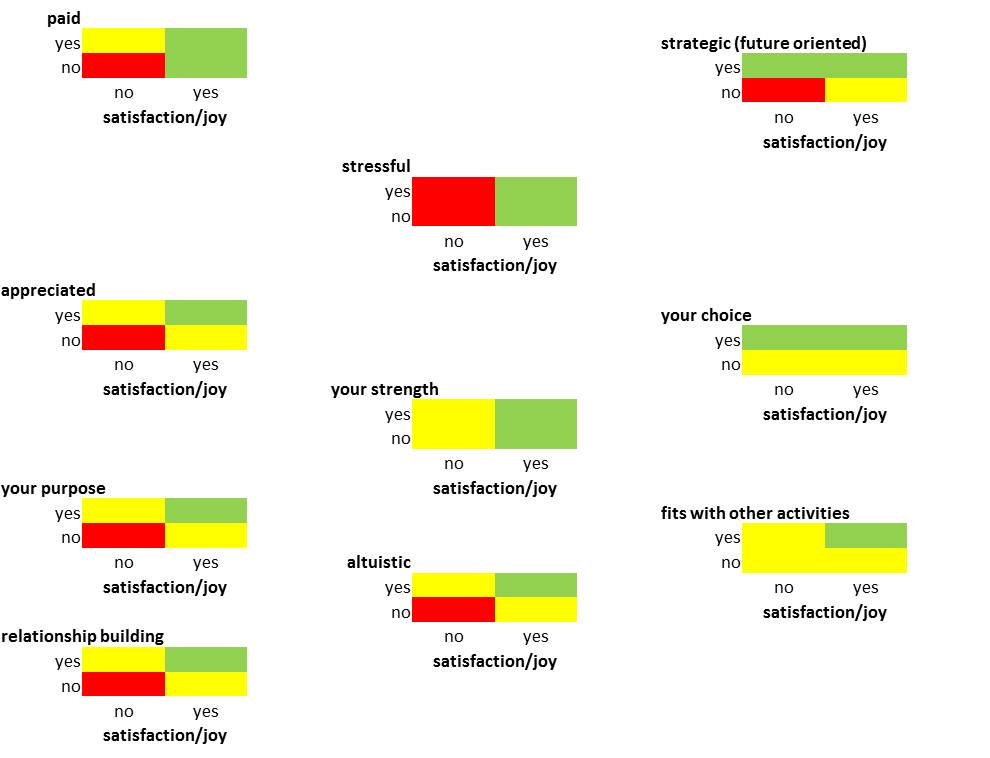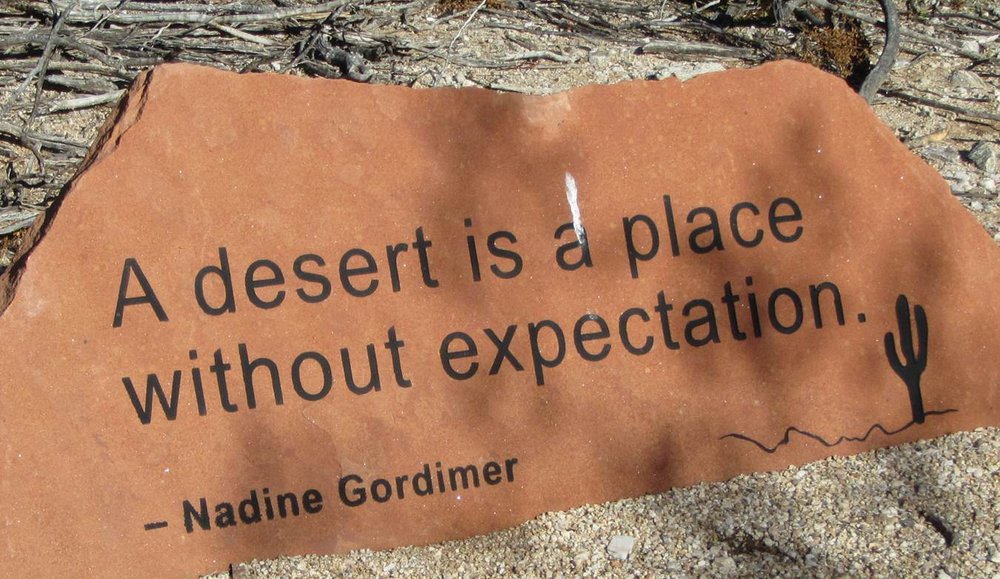Treat Yourself to a Facial
/ A facial is quite a treat and something I am going to start doing more frequently now that I’ve honed my ideas about how to do it myself at home.
A facial is quite a treat and something I am going to start doing more frequently now that I’ve honed my ideas about how to do it myself at home.
- There are lots of over the counter masks. My current favorite is one with kaolin, avocado and oatmeal. A homemade mask of honey, oatmeal and green tea could be worth a try too…maybe with some vanilla added to give it a warm aroma. Don’t skimp on the thickness of the mask you put all over your face and neck; it should thoroughly cover the skin. Plan a shampoo afterwards so you don’t have to worry about some of the mask getting in your hair.
- Cucumber slices for the eyes always feel refreshingly cool. Alternatively - some moist tea bags (left over from the morning pot of tea) could be used for the eyes.
- The best part of the facial is the relaxing part - lay on your back with your knees elevated with pillows and a comfortable pillow under your head and neck…on a neat bed…with a light blanket…music you love playing (it was raining when I did my facial so I just listened to the rain). The time can vary. Fifteen to twenty minutes seems about right. I set a timer so I don’t have to move at all until it goes off.
- Afterwards - shower, cleaning off the mask thoroughly using a clean wash cloth.
- To tighten the pores, splash your face with cold water.
- Moisturize with your favorite commercial moisturizer or raid your kitchen. My current preference is Sweet Almond Oil with a few drops of Sweet Orange essential oil.
At one time, I thought the best facials were at a spa but not anymore. I love taking an hour at home to get my skin feeling great without the bother of acquiescing to an environment I don’t control (and is never quite perfect for me).
See also - 10 Cosmetics from the Kitchen posted last December




































